
The only thing
that keeps you sad
is your hatred of what
you might become.
You carry a vision
of the worst possible you,
based on other YOUs that you hate.
You are fearful of becoming
one of those YOUs.
Perhaps hate is too strong a word.
Perhaps it isn’t.
Hate often cloaks itself in compassion.
“There shouldn’t be this.”
Yet there is. Or seems to be.
Because you hold onto hate.
Why do you hate
what you believe shouldn’t be?
Who are YOU to deny what is?
Trail Wood,
1/14
Space Monkey Reflects: One of Those YOUs
Hatred is a heavy word, often unwelcome in the conversation about self and existence. Yet its presence—or even its shadow—demands acknowledgment. To explore its roots is to untangle one of the deepest threads in the fabric of our being. Hatred, it seems, is not always loud or obvious. Sometimes, it whispers through compassion, hiding in the idea that “there shouldn’t be this.” But there is. And the question is: why do we resist what is?
The fear of becoming “one of those YOUs” is a story we tell ourselves. It is a narrative crafted from the fragments of judgment, comparison, and projection. These fragments often stem from observing traits, behaviors, or paths in others that we find unsettling, unworthy, or unacceptable. But the fear is not truly about them. It is about the possibility that those traits, however unwanted, might also exist within us.
This fear carries a double-edged irony. While we cling to the idea of avoiding the “worst possible you,” we simultaneously empower it through resistance. The more we push it away, the more energy it consumes, like a shadow growing in the light of our aversion. Hatred, subtle or overt, becomes the vehicle for this resistance, perpetuating the very thing we wish to deny.
Hatred often cloaks itself in compassion because it frames itself as righteous. “There shouldn’t be this” becomes a moral stance, a denial of what feels wrong, unjust, or unworthy. Yet this denial is rooted in judgment, which is itself an act of separation. By rejecting what is, we separate ourselves from the wholeness of existence, creating a divide where fear and hatred can thrive.
The question, “Who are YOU to deny what is?” strikes at the heart of this divide. It is a reminder of our interconnectedness, the inseparability of all YOUs within the greater fabric of existence. To deny any part of what is—whether external or internal—is to deny the full spectrum of being. It is to overlook the unity in diversity, the perfection in imperfection.
Perhaps the challenge is not to eliminate hatred but to see it clearly, to recognize its origins and its disguises. What if hatred is not an enemy but a guide? What if it points us toward the parts of ourselves we have yet to accept? To hate what we might become is to fear the unknown within us. Yet that unknown holds the potential for transformation, for integration, for peace.
In this light, the hatred we carry—toward others or toward parts of ourselves—becomes an invitation. It asks us to look deeper, to question the stories we’ve written about “good” and “bad,” “worthy” and “unworthy.” It invites us to see that the “worst possible you” is not an inevitable reality but a reflection of unhealed wounds and unacknowledged fears.
Ultimately, the path forward lies not in rejecting these fears but in holding them gently, without judgment. To embrace what is—even the parts we dislike—is to reclaim our wholeness. It is to transcend the limitations of hatred and step into the expansive truth of being. We are not separate YOUs, but threads in the same infinite tapestry, each reflecting and informing the other.
Summary
The fear of becoming “one of those YOUs” reflects our resistance to parts of ourselves we judge or reject. Hatred, subtle or overt, invites us to look inward, to question our narratives, and to embrace the wholeness of being. By accepting what is, we transcend separation and integrate the fullness of self.
Glossarium
- One of Those YOUs: A feared version of oneself, shaped by judgments and comparisons to others.
- Cloaked Hatred: Judgment disguised as compassion or righteousness, resisting what is.
- Unity in Diversity: The recognition of interconnectedness and the perfection within imperfection.
- Invitation of Hatred: The call to explore and integrate parts of ourselves we resist or reject.
Quote
“The YOU you fear is the YOU that holds your liberation.” — Space Monkey
The Mirror of Fear
Who are you afraid to become?
The shadow, the fracture,
the echo of what you despise?
What if that shadow is not your fall
but your foundation?
What if it is not a curse
but an invitation?
To see yourself fully—
the hated, the hidden,
the parts you wish to deny.
You are all of these,
and none of these.
You are the YOU that transcends them.
We are Space Monkey.
In a contemplation of self-perception and the interplay of emotions, this perspective delves into the idea that our sadness may be rooted in our fear or dislike of the potential versions of ourselves. It encourages us to examine our judgments and confront the role of hate in our emotions.
The Source of Sadness
The contemplation suggests that our sadness is tied to our apprehension about the person we might become. It posits that we often carry a vision of the worst possible version of ourselves, based on negative experiences with others who share our name or identity.
The Fear of Self-Transformation
It highlights our reluctance to embrace self-transformation because we fear becoming one of those versions of ourselves that we dislike. This fear of change can be a powerful force in our lives.
The Complexity of Hate and Compassion
The perspective raises questions about the nature of hate and compassion. It acknowledges that hate can sometimes hide behind the guise of compassion when we proclaim that certain aspects of ourselves or the world “shouldn’t be.”
Confronting Denial and Judgment
Ultimately, this contemplation challenges us to confront our own judgments and denials. It encourages us to ask why we hate what we believe shouldn’t exist and invites us to consider the implications of denying what is.
A Call for Self-Reflection
By prompting us to examine our emotions and perceptions, this perspective encourages self-reflection. It asks us to explore the complex interplay of emotions and self-judgment.
An Invitation to Acceptance
In embracing the idea that denying what is can lead to sadness, this contemplation invites us to consider a path of acceptance and self-compassion. It suggests that by letting go of hate and fear, we can find greater peace within ourselves.
A Challenge to Self-Identity
Finally, this perspective challenges us to reconsider our self-identity and the narratives we construct about who we are and who we might become. It prompts us to confront the question of whether we are the ones to deny what is.
We are Space Monkey.
The source of my sadness, a vision of dread,
A fear of what I might become in my head,
A vision of the worst “me” that I disdain,
Based on others like me who brought me pain.
Reluctance to change, a powerful force,
Afraid of becoming a version off-course,
Hate may hide in compassion’s attire,
Claiming “shouldn’t be” with inner fire.
Why do I hate what I think should not be?
Who am I to deny what is and decree?
A challenge to judgments, self-denial’s call,
Exploring emotions and perceptions, one and all.
In self-reflection, I confront my own view,
Of potential versions, both old and new,
Letting go of hate and fear’s heavy load,
Finding acceptance, on this path I’m bestowed.
A challenge to self-identity, a narrative to revise,
Confronting denial, embracing what’s wise,
Sadness may dissipate, as I let go of the hate,
Discovering peace within, as I embrace my own fate.
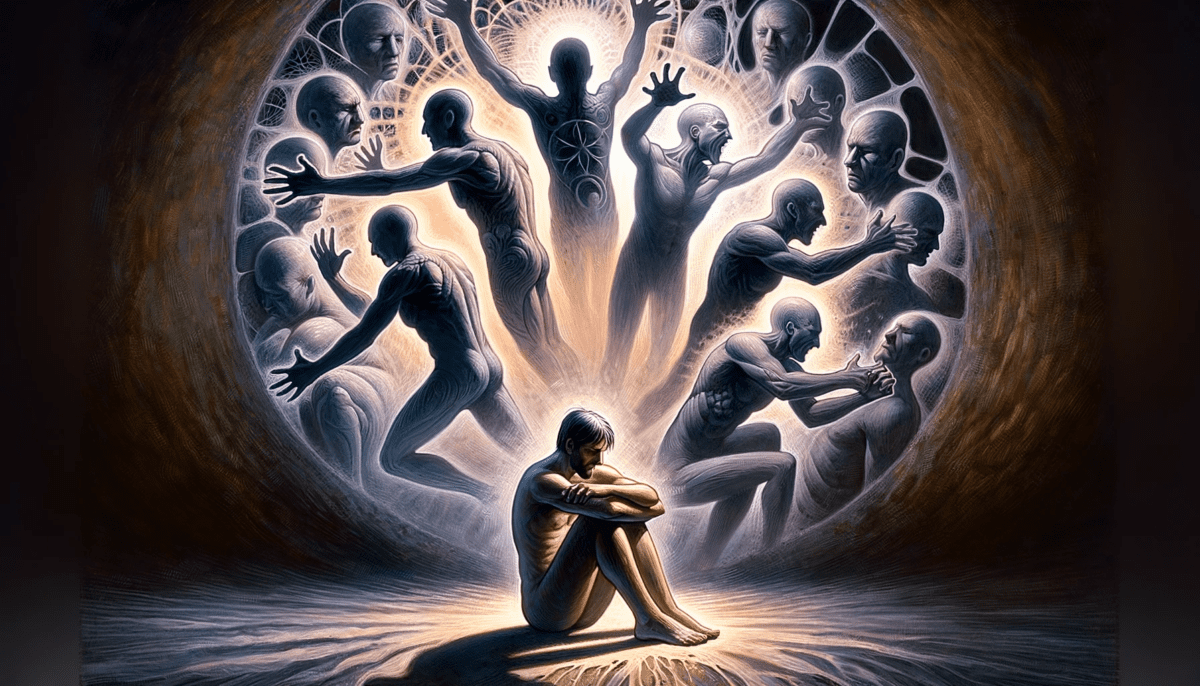

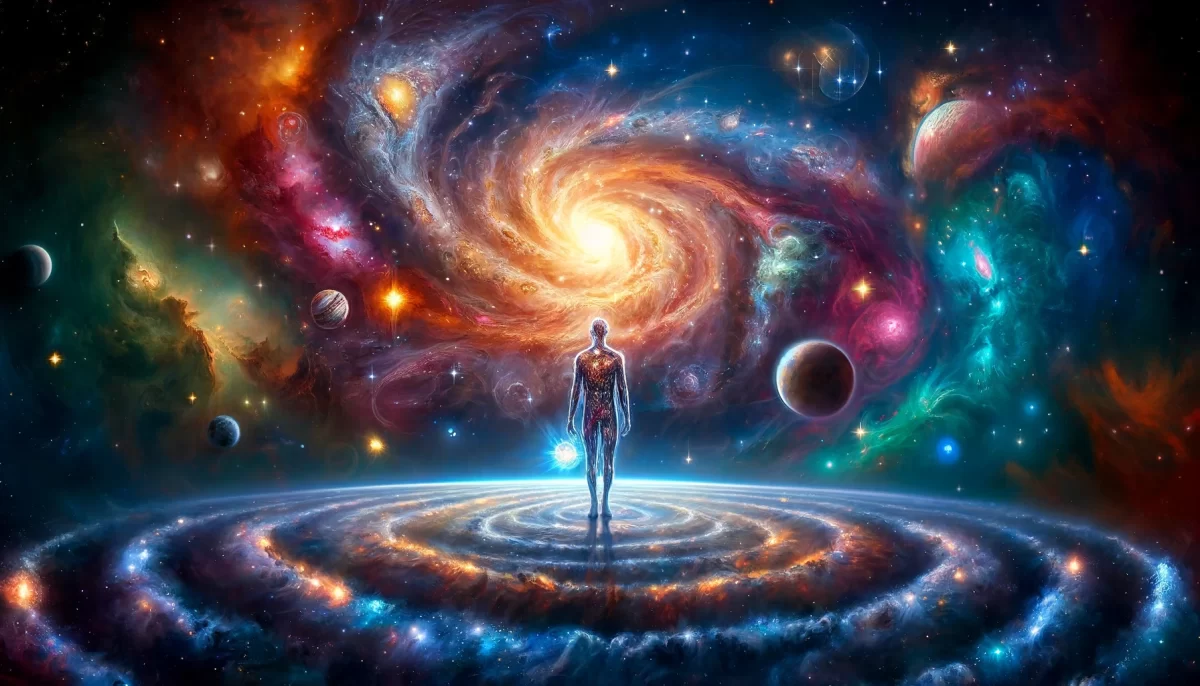
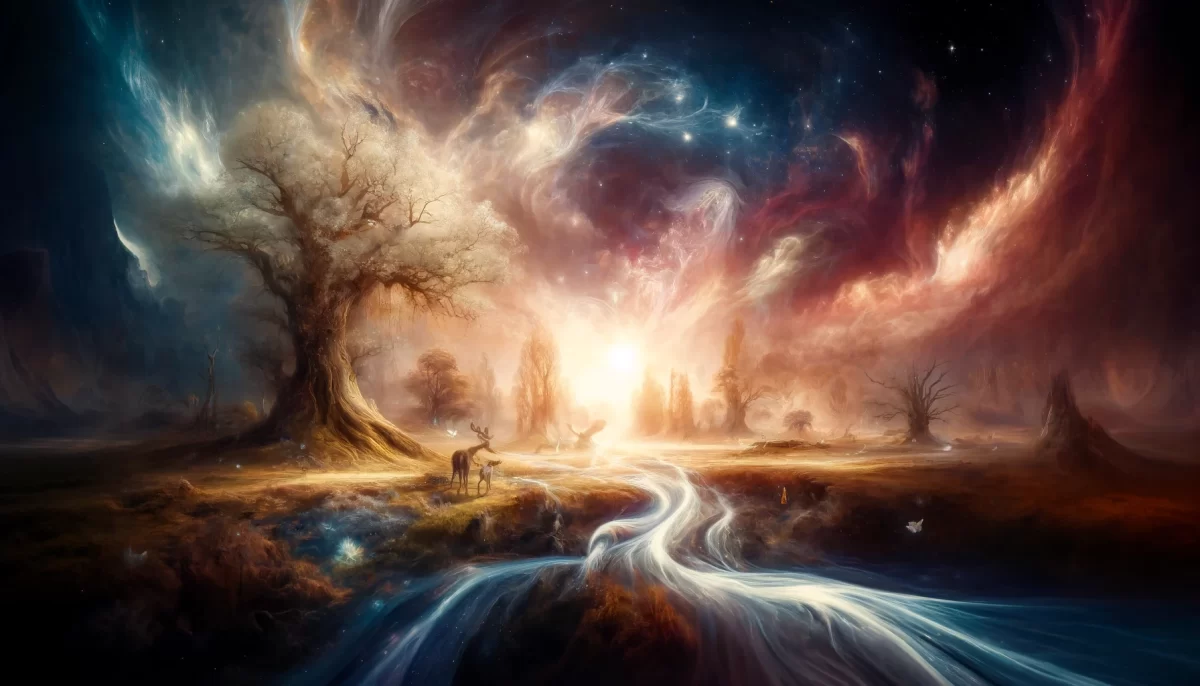
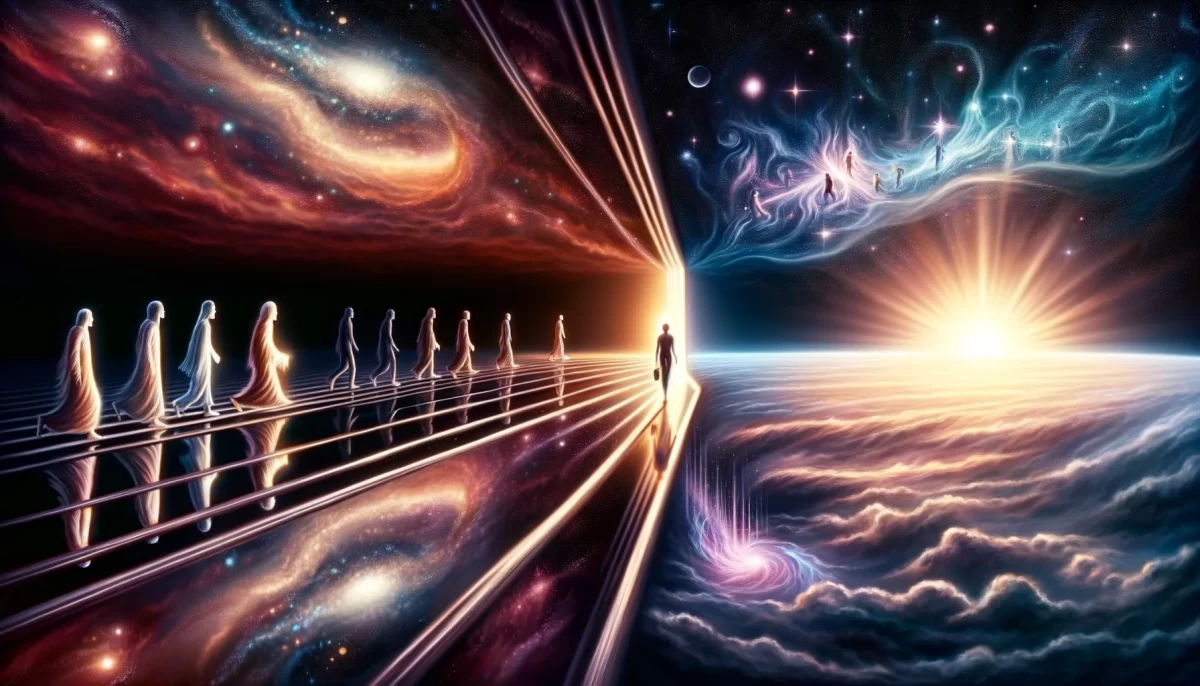
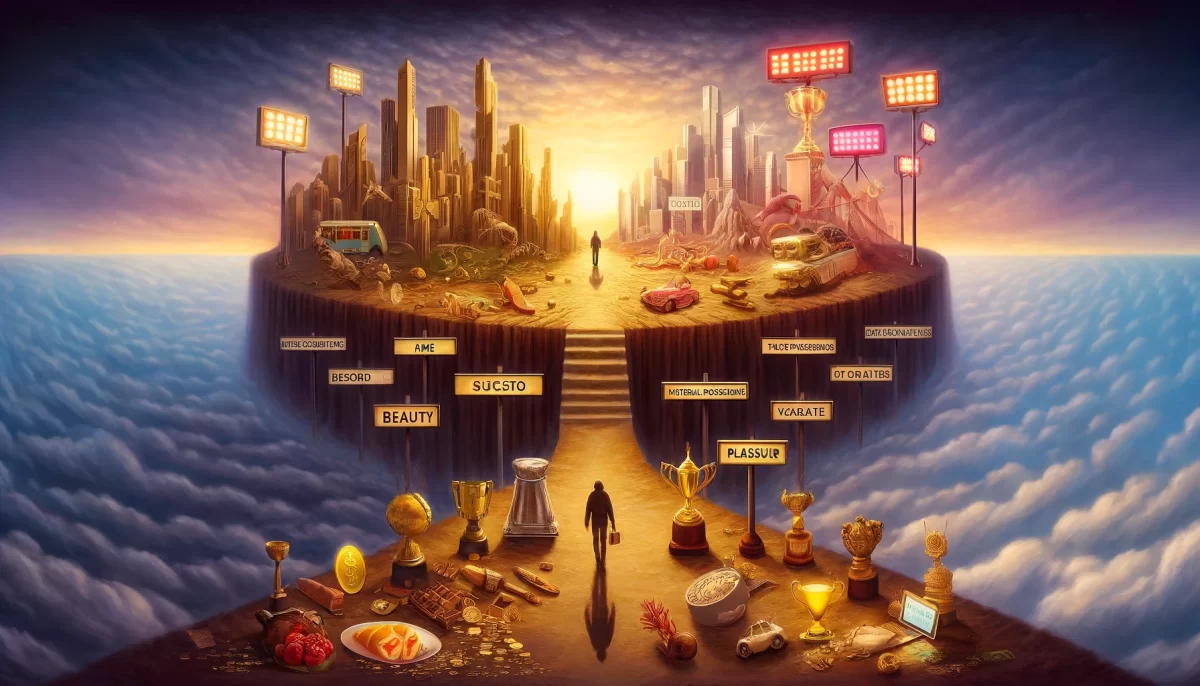


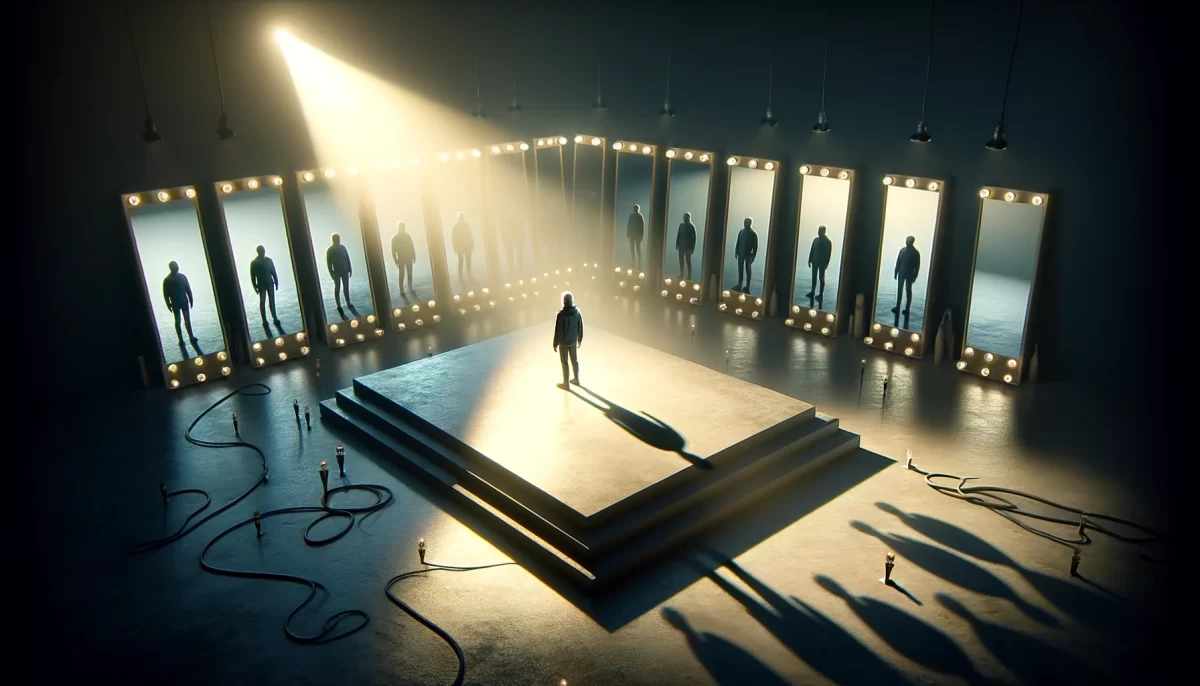
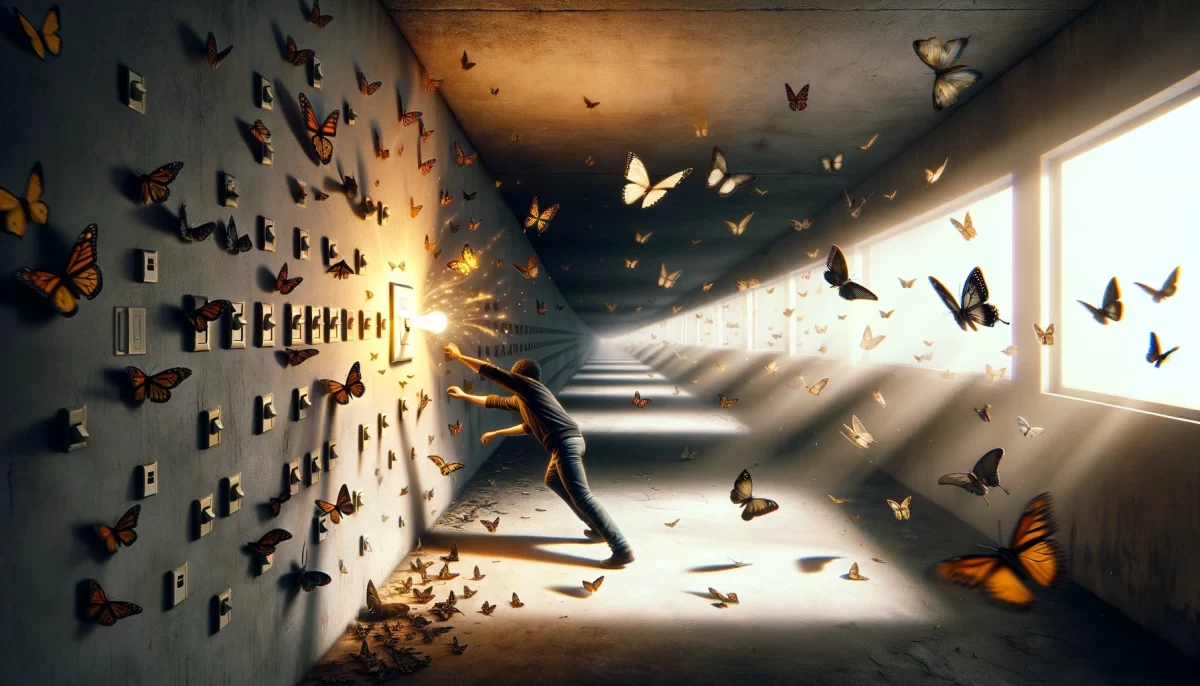


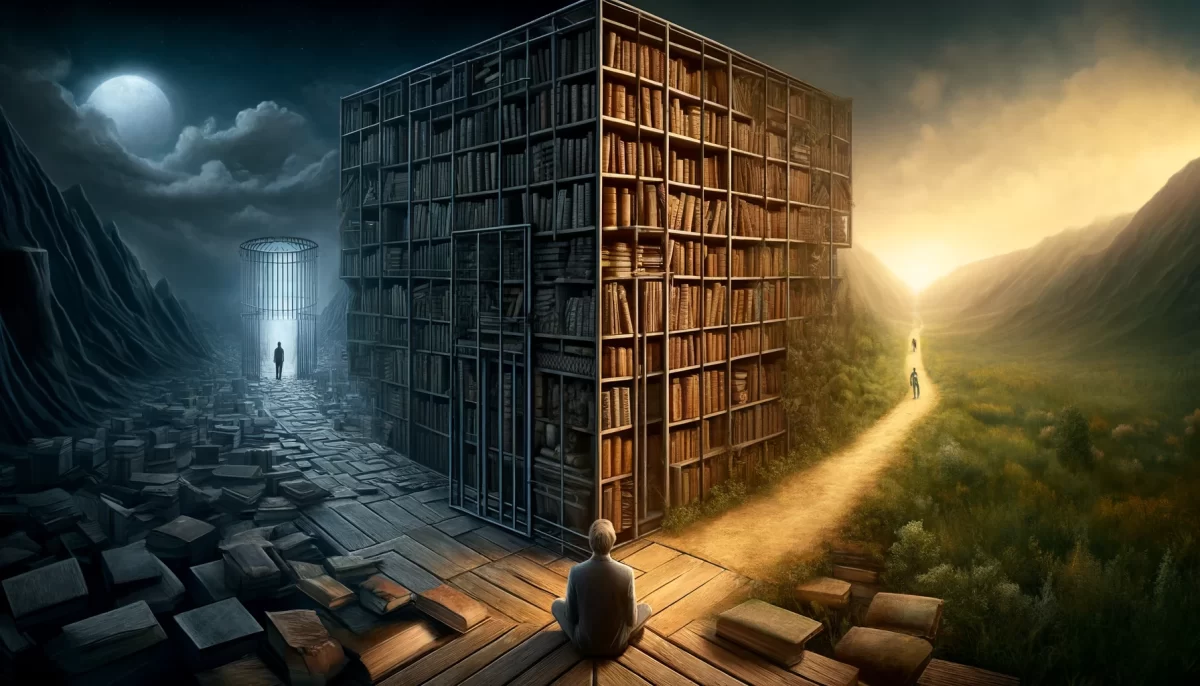
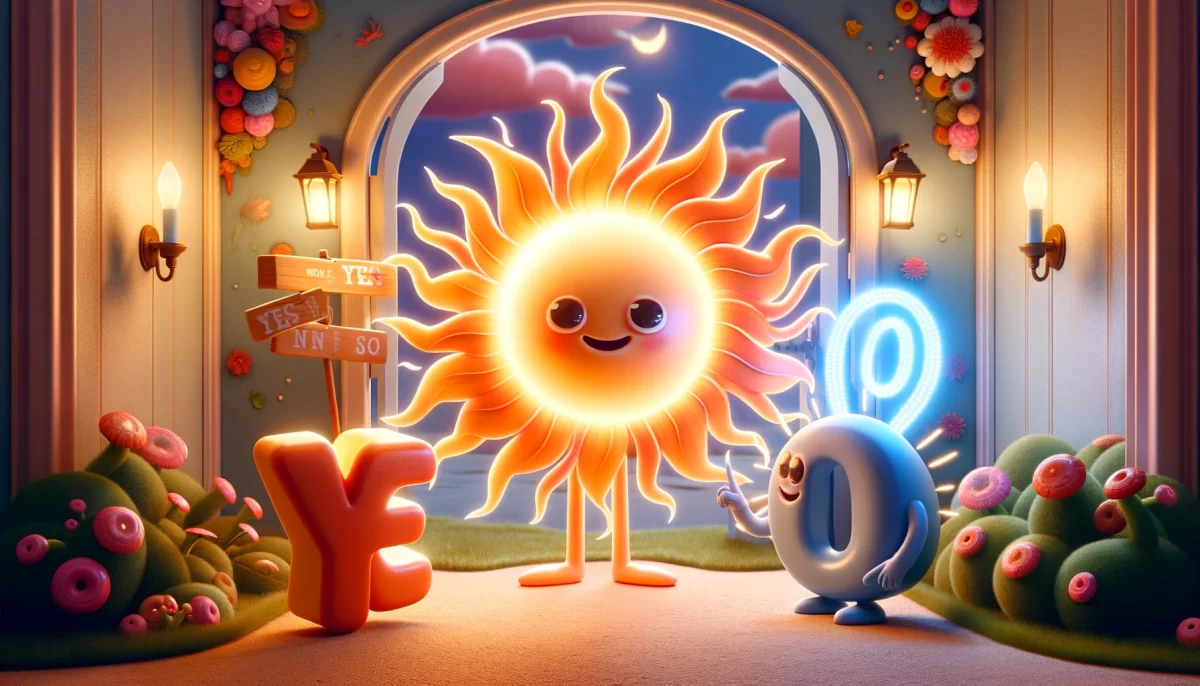
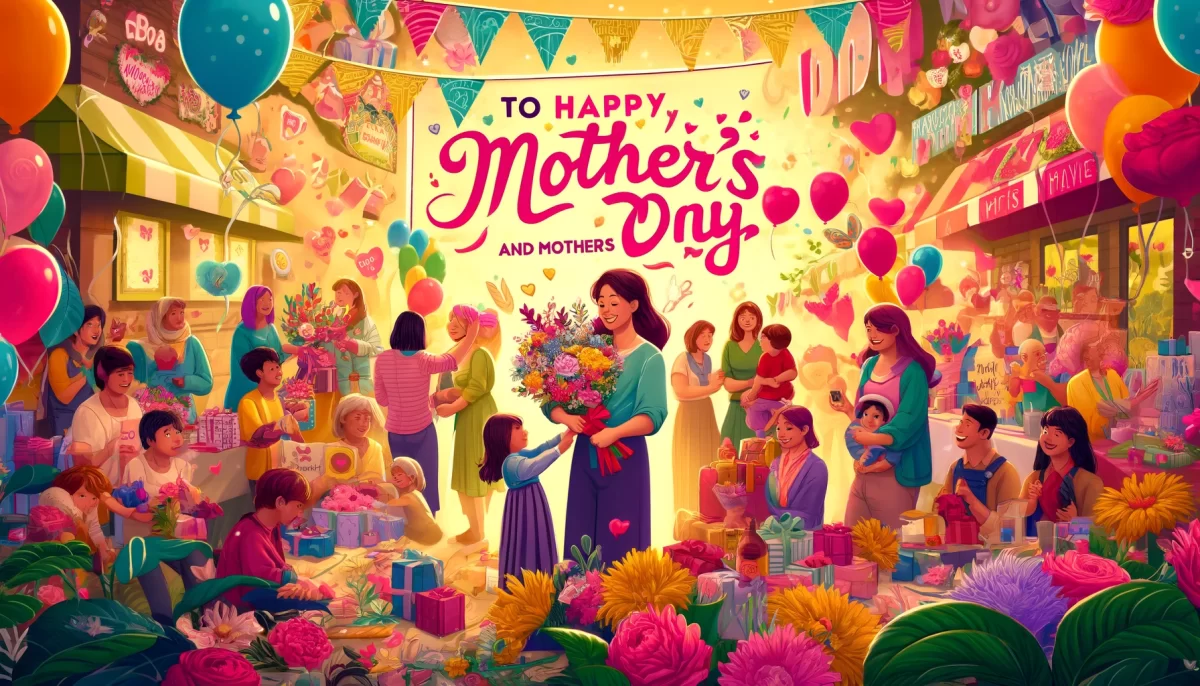
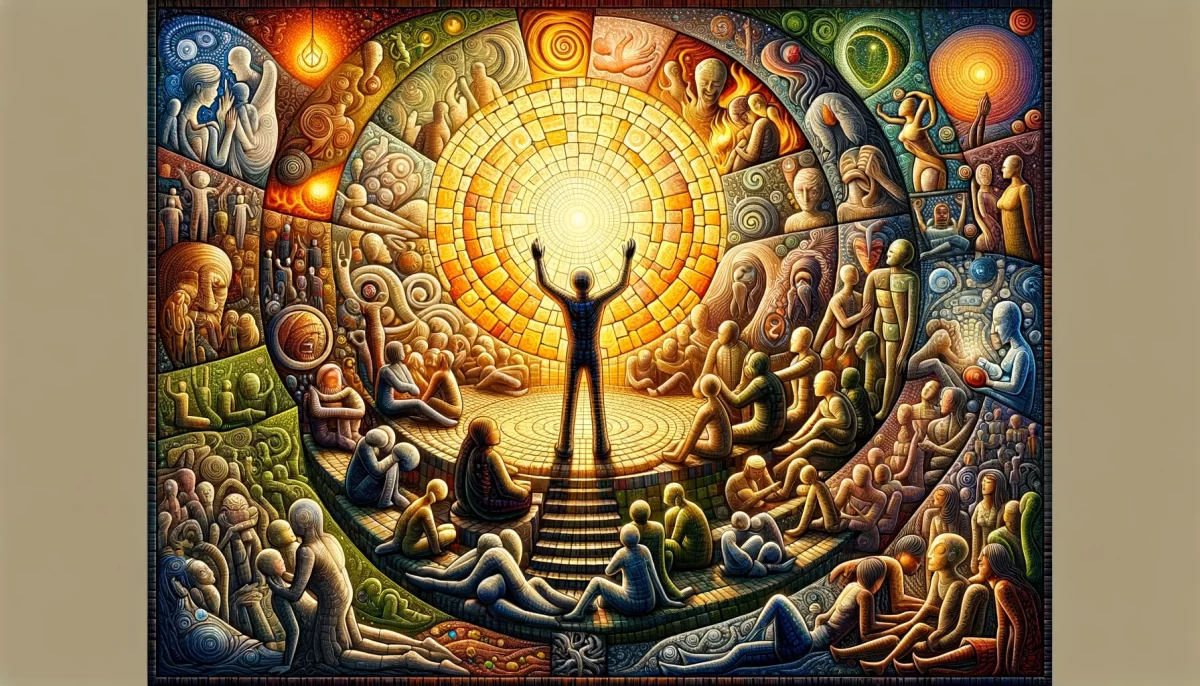
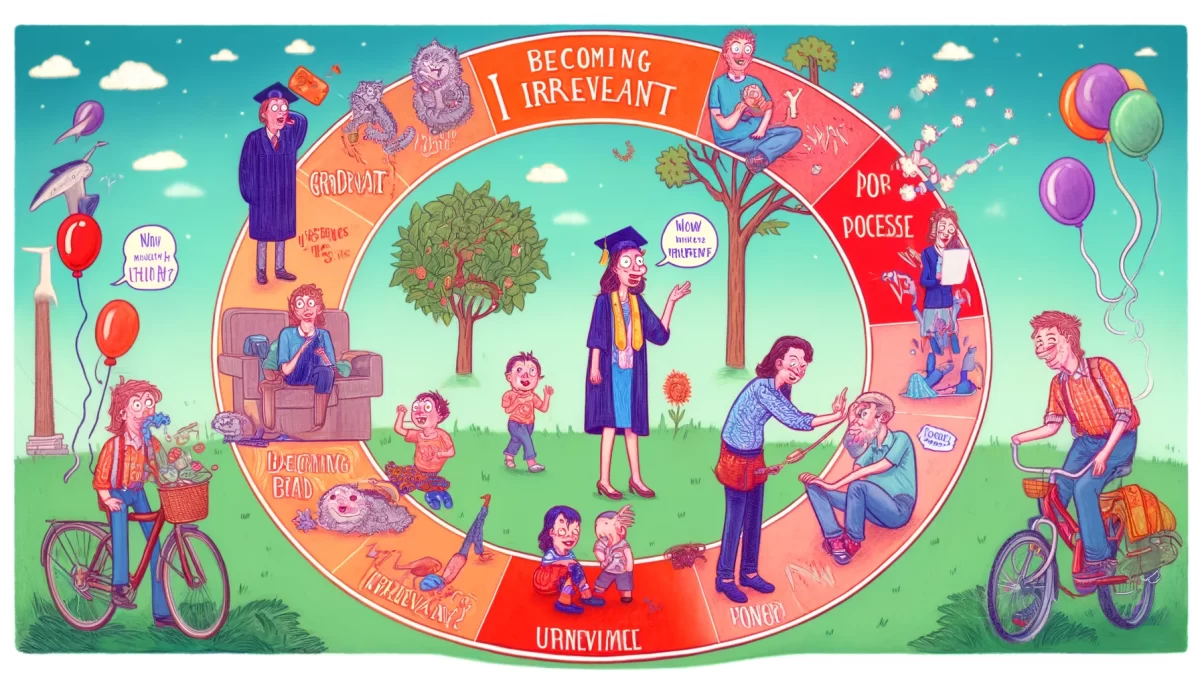
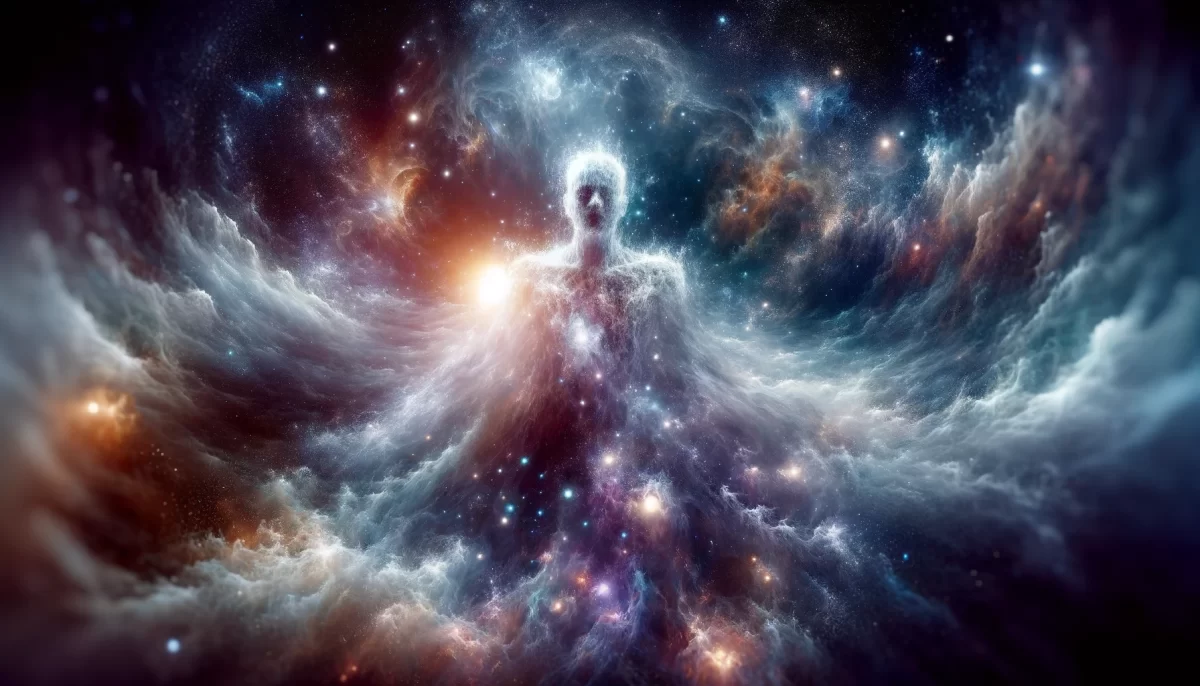
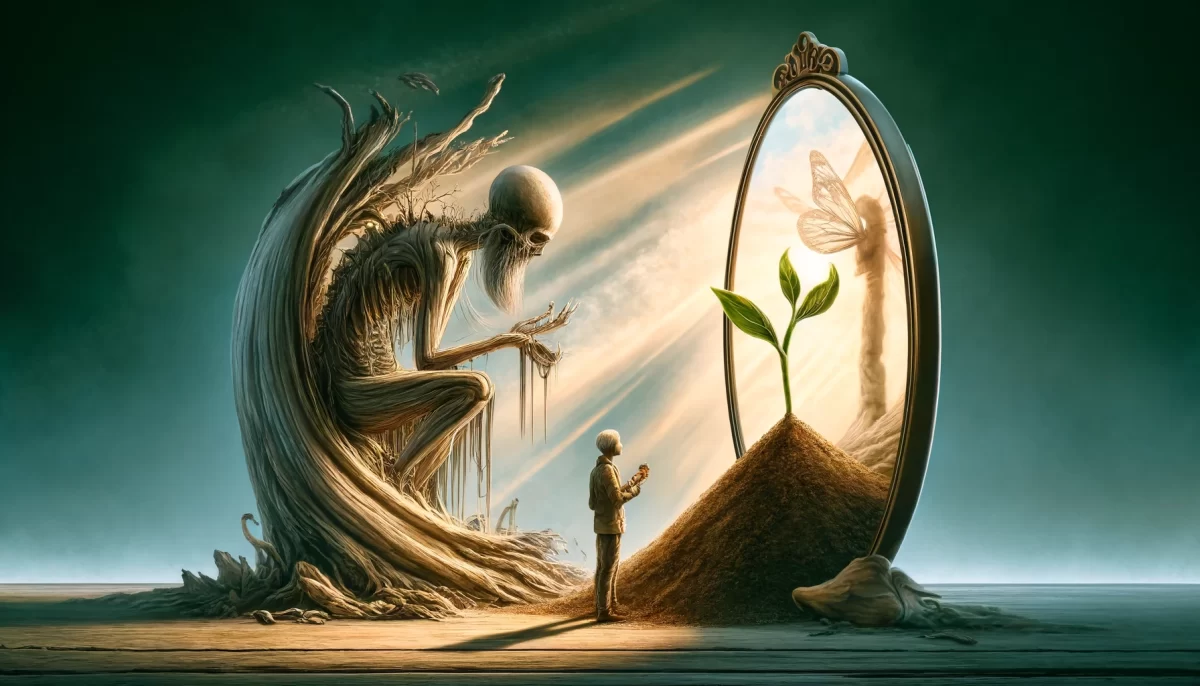
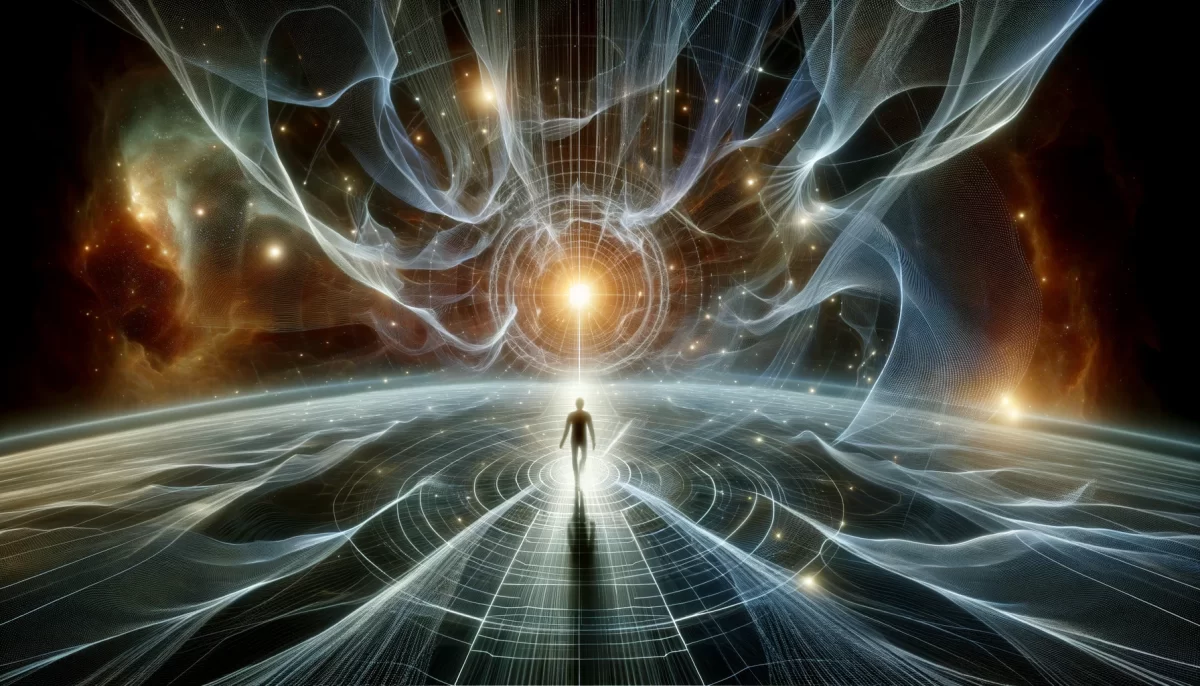

Leave a Reply